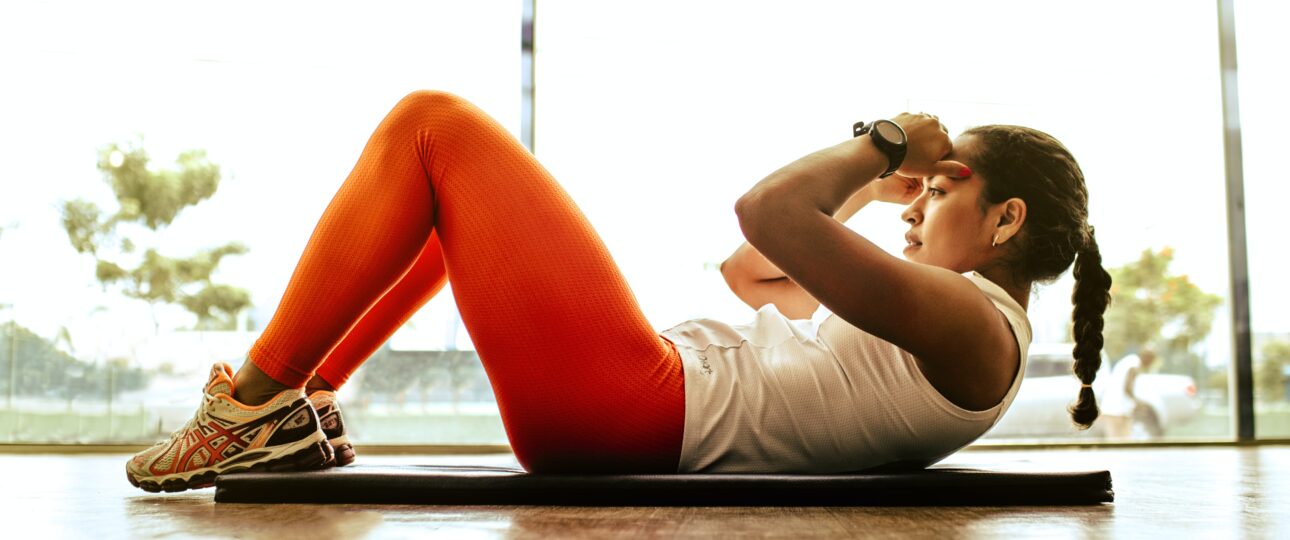Although it might seem that exercise would aggravate aching joints, according to Harvard Medical School, it can actually relieve joint pain in multiple ways
Here are insights into how it works:

- Exercise increases the strength and flexibility of the muscles and connective tissues surrounding the joints. When thigh muscles are stronger, for example, they can help to support the knee, thus relieving some of the pressures on that joint.
- It relieves stiffness, which itself can be painful. The body is made to move. When not exercised, the tendons, muscles and ligaments quickly shorten and tense up. But exercise – and stretching afterwards can help to reduce stiffness and preserve and extend your range of motion.

- It boosts production of synovial fluid, the lubricant inside the joints. Synovial fluid helps to bring oxygen and nutrients into joints. Thus exercise helps to keep your joints “well oiled”.
- It increases production of natural compounds in the body that help to tamp down pain. In other words, without exercise, you are more sensitive to evey twinge. With it, you have a measure of natural pain protection.
- It helps you to keep your weight under control, which can relieve pressure on weight-bearing joints such as your hips, knees and ankles.

